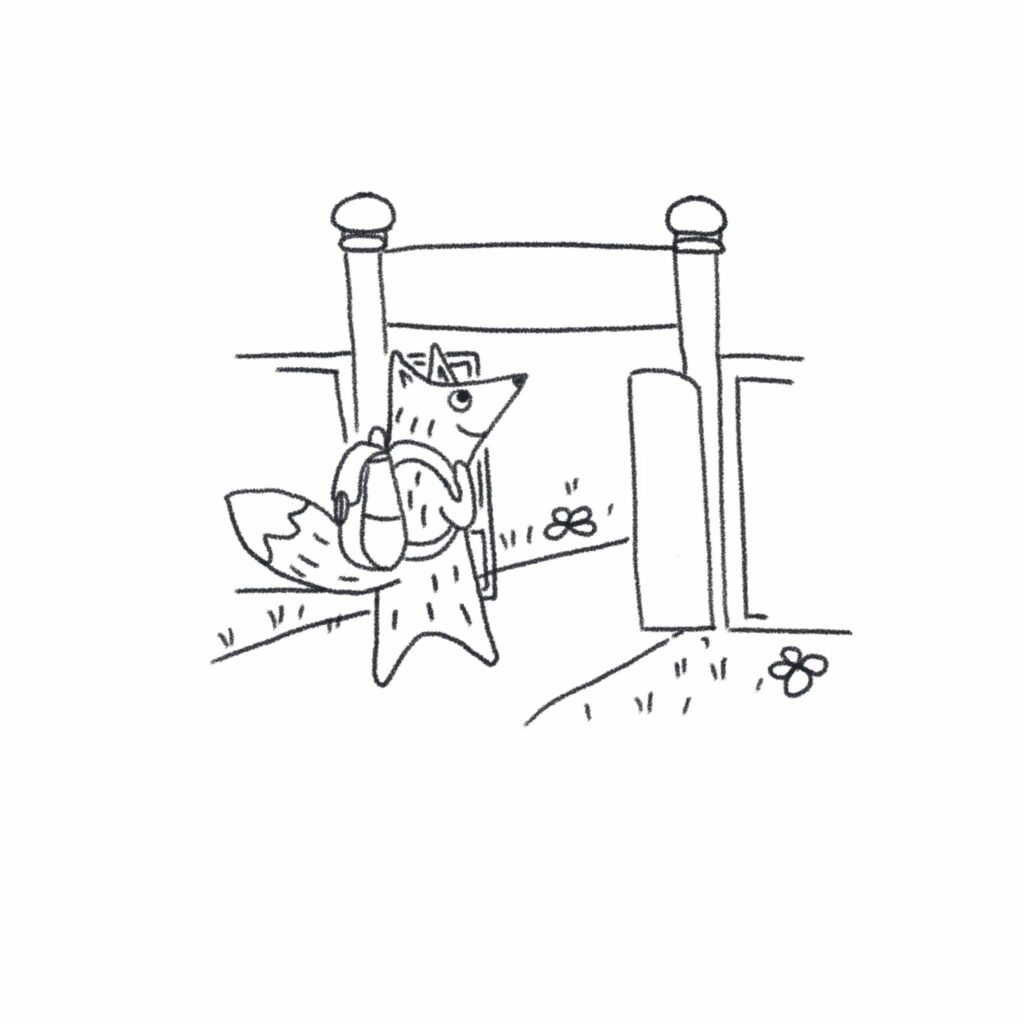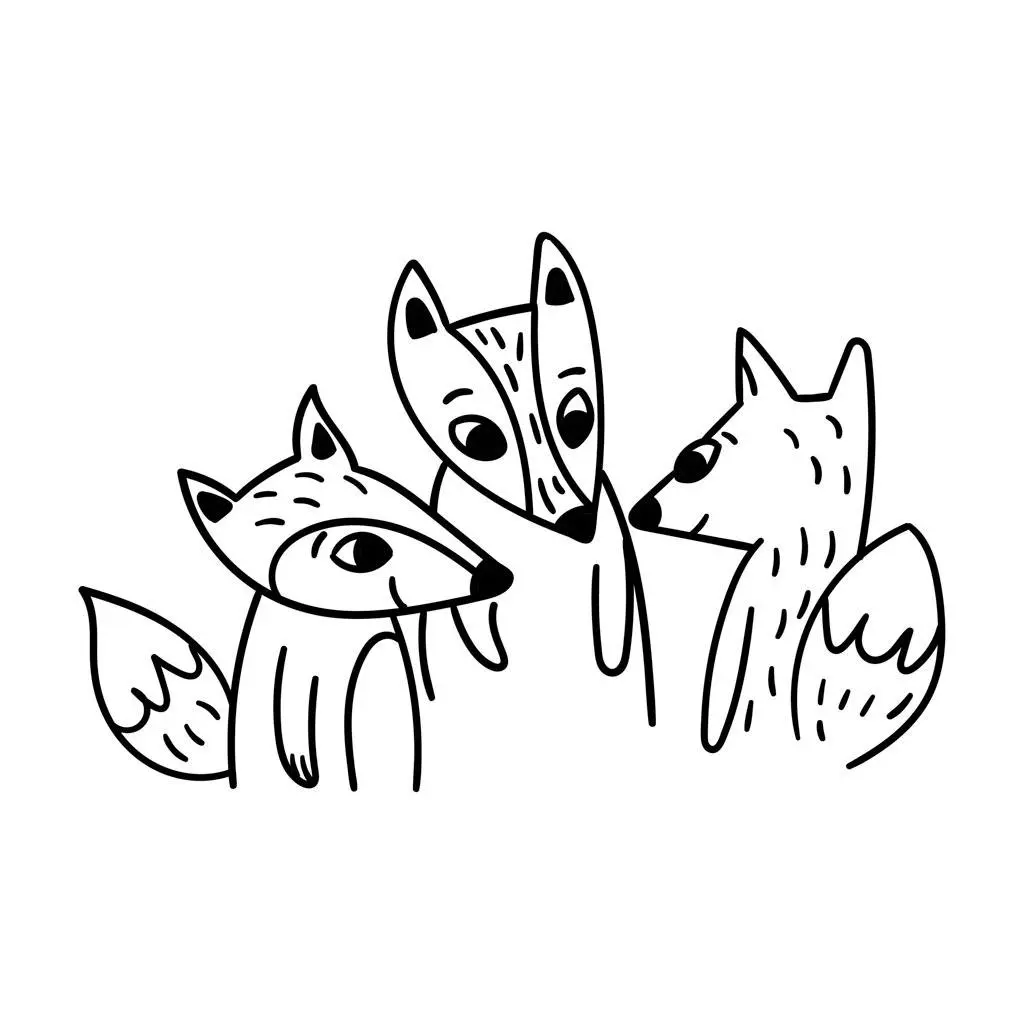Listening activities for young children are an important part of early childhood development. From story time to music appreciation, these top listening activities provide a foundation for learning and social skills that will last throughout their lives.
In this blog post, we’ll explore the benefits of these activities, the different types of materials available, strategies for engaging children effectively, and how to incorporate them into your family’s daily routine.
Benefits of Listening Activities for Young Children
Listening activities are a great way to help young children develop important skills. These developmental skills include physical, cognitive, social, and emotional. Hearing activities can aid in boosting mental growth, language skills, and social-emotional aptitude.
Cognitive Benefits
Listening activities can help build cognitive skills in young children like listening skills. Children learn how to focus their attention on sounds and words through music-based activities, storytelling, and auditory memory games.
This helps them better process information they hear in the classroom or at home. Additionally, these activities teach problem-solving skills by having children think of creative ways to remember what they’ve heard or come up with solutions for problems posed in stories or songs.
Language Benefits
Hearing is fundamental to language acquisition, particularly for more youthful children as they start to shape essential vocabularies and comprehend syntax standards. Children will learn to speak, read, spell, and write by participating in listening activities.
Listening activities for young children can provide numerous cognitive and language benefits. Parents and educators can help foster a strong foundation in these areas by exploring different types of listening activities.
Types of Listening
When you plan your listening activities, you need to know the different types of writing.
Discriminative Listening
Used by toddlers and preschoolers, this type of listening is when children listen out for sounds and rhyming words. This is how young children start to grow their listening skills.
Aesthetic Listening
This type of listening is reading for enjoyment.
Critical Listening
This type of listening is when children will make their own opinions and thoughts based on what they hear.
Efferent Listening
This type of listening involves recalling details or instructions.
You can use all of these different types of listening in your listening activities for toddlers and preschoolers.
Types of Listening Activities for Toddlers and Preschoolers
Music-based activities are an excellent way to engage toddlers and preschoolers in listening activities. Vocalizing and making music can assist young children in honing their verbal aptitudes, improving listening skills, and extending their knowledge of beat and pace.
Music-based activities also provide a fun and creative outlet for learning new concepts. For example, you can use simple songs or nursery rhymes to teach your child about counting or colors.
Some musical activities you can use:
- Musical statues
- Freeze
- Musical chairs
These games involve playing music. During this time, the toddlers and preschoolers will dance. When the music stops, they either freeze or grab a chair until the music starts again.
Storytelling is another great way to get young children engaged in listening activities. Listening to stories helps them learn how language works, including the structure of sentences and the flow of conversation.
You can encourage active participation from your children by asking questions throughout the story and predicting what will happen next. Another good activity for preschoolers is having them retell the stories that you read to them.
Auditory memory games are a fun way for young children to practice paying attention while having fun. These games involve repeating back words or phrases that they heard, which helps strengthen auditory processing skills like remembering details and recalling information quickly when needed later on down the line.
Some great examples include:
- Simon Says
- I Spy
- Broken down telephone
Singing popular nursery rhymes with slight variations each round is also a great activity, or even just dancing to music is a good listening activity.
Tips for Engaging Young Children in Listening Activities
Gaining the attention of little ones, especially toddlers and preschoolers, with auditory activities can be tricky, yet by using the proper method, this is possible. It may also bring great satisfaction. To maximize the benefits of engaging in listening activities, here are some helpful strategies to consider.
First, keep it fun and interactive. Listening activities should be engaging for your child and allow them to practice their skills playfully. Incorporate movement into the activity, or use props such as puppets or stuffed animals to help bring the activity alive for your child.
Second, use visual aids to enhance learning. Visuals such as pictures, flashcards, or videos can reinforce concepts and add another layer of engagement for toddlers and preschoolers, who learn best through visuals.
Finally, make it relevant to their lives. When introducing new topics or concepts, try connecting them to something familiar from your child’s everyday life – like how music relates to dance moves they already know. This helps put abstract ideas into context, making it easier for young minds to understand and remember better over time.
By following these tips, you can help foster a positive listening environment for young children.
How to Incorporate Listening Activities into Your Child’s Routine
Incorporating listening activities into your child’s daily routine is an effective way to help them develop cognitive, language, and social-emotional skills.
Including listening activities as part of a bedtime routine can be advantageous for helping children relax before sleep.
You can set aside time each day for listening activities, and set up a designated area where you and your child can sit comfortably together.
Then pick out some age-appropriate materials such as music CDs or books with audio recordings that interest them and plan when possible so that you have something new every few days or weeks.
Throughout the day, there are many opportunities for incorporating listening activities into everyday life without dedicating extra time specifically for this purpose – waiting in line at the store, riding in the car together, or even cooking dinner.
By integrating auditory exercises into your kid’s daily regimen, you can support them in honing the capabilities required for later success.
Final Thoughts
By introducing your preschooler or toddler to these listening activities for young children, you will be helping them build important skills they will use throughout life.
Engage their minds and let them explore the world of sound through creative, fun-filled activities!




